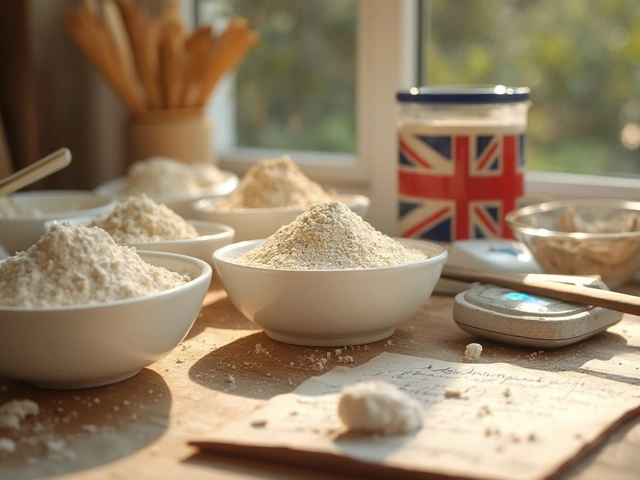Soy Sauce Ingredients: The Basics You Need to Know
Ever wondered why soy sauce has that deep salty‑umami punch? The answer lies in the ingredients that go into it. Knowing what’s inside helps you pick the right bottle for your dish or even try a DIY batch at home.
Core Ingredients
The foundation of most soy sauces is simple: soybeans, wheat, salt, and water. Soybeans give the sauce its protein backbone and most of the flavor. Wheat adds a hint of sweetness and helps the fermentation process run smoothly. Salt isn’t just for taste; it controls the microbes that turn the mixture into sauce. Water, of course, dilutes everything to the right consistency.
In traditional brewing, the soybeans are cooked, the wheat is roasted, and then they’re mixed together with a starter culture called koji. This mold breaks down starches into sugars, which the yeast and bacteria later turn into alcohol and acids. That chemistry creates the dark color and complex aroma you recognize.
Optional Extras and Variations
Not every soy sauce sticks to the same formula. Some makers add a splash of alcohol, like sake or mirin, to speed up fermentation and add extra depth. Others sprinkle in a bit of sugar or caramel for a sweeter profile. Gluten‑free versions replace wheat with rice or barley, letting people with wheat sensitivities still enjoy the sauce.
There are also style differences. Light soy sauce uses less wheat and a shorter aging time, so it’s saltier and lighter in color—great for stir‑fries where you don’t want to darken the food. Dark soy sauce ages longer, often with added molasses, giving it a richer, sweeter taste that’s perfect for braising.
When you read the label, look for these clues: “soybeans” near the top means a stronger soy flavor, “wheat” tells you it’s not gluten‑free, and “sea salt” or “non‑iodized salt” usually means a cleaner taste. Some premium bottles list the brewing time; longer is usually better, though not a hard rule.
If you’re curious about making your own, start with equal parts cooked soybeans and roasted wheat, add a pinch of salt, and sprinkle in koji spores. Let it sit in a warm place for a few weeks, stirring occasionally. You’ll end up with a homemade sauce that tells the story of every ingredient.
Knowing the ingredients also helps you troubleshoot. Too salty? Add a splash of water or a pinch of sugar. Too thin? Let it reduce on low heat. Too bland? A dash of extra salt or a little toasted sesame oil can lift the flavor.
Bottom line: soy sauce is more than just a salty splash. It’s a blend of soybeans, wheat, salt, water, and sometimes a few extra touches that create a balance of sweet, salty, and umami. Understanding what’s inside lets you choose the right type for any recipe and even experiment in the kitchen.






